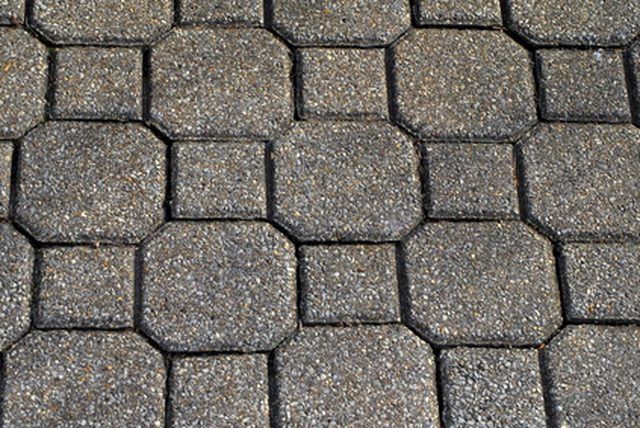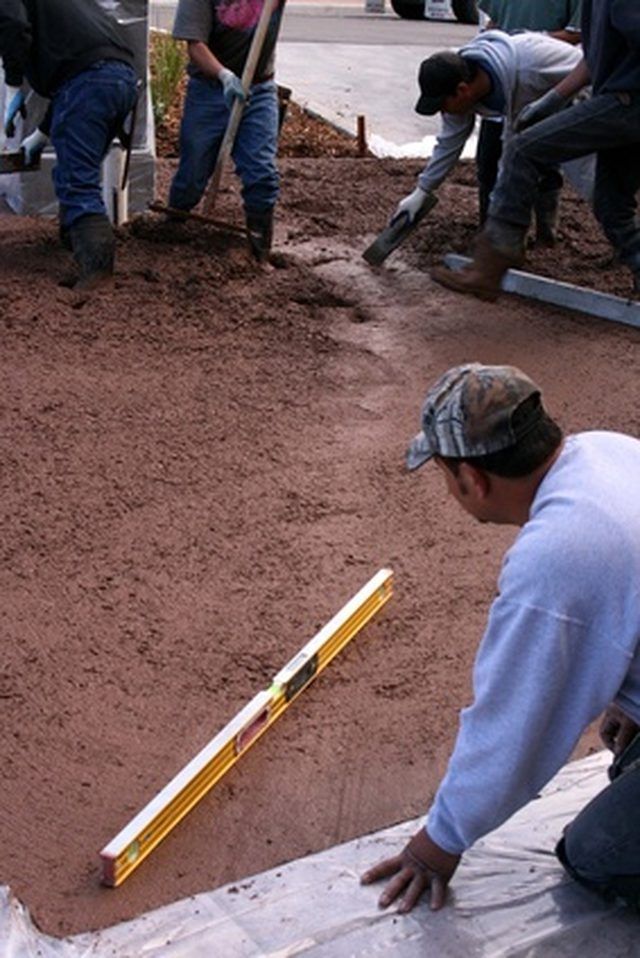Bulbs
Flower Basics
Flower Beds & Specialty Gardens
Flower Garden
Garden Furniture
Garden Gnomes
Garden Seeds
Garden Sheds
Garden Statues
Garden Tools & Supplies
Gardening Basics
Green & Organic
Groundcovers & Vines
Growing Annuals
Growing Basil
Growing Beans
Growing Berries
Growing Blueberries
Growing Cactus
Growing Corn
Growing Cotton
Growing Edibles
Growing Flowers
Growing Garlic
Growing Grapes
Growing Grass
Growing Herbs
Growing Jasmine
Growing Mint
Growing Mushrooms
Orchids
Growing Peanuts
Growing Perennials
Growing Plants
Growing Rosemary
Growing Roses
Growing Strawberries
Growing Sunflowers
Growing Thyme
Growing Tomatoes
Growing Tulips
Growing Vegetables
Herb Basics
Herb Garden
Indoor Growing
Landscaping Basics
Landscaping Patios
Landscaping Plants
Landscaping Shrubs
Landscaping Trees
Landscaping Walks & Pathways
Lawn Basics
Lawn Maintenance
Lawn Mowers
Lawn Ornaments
Lawn Planting
Lawn Tools
Outdoor Growing
Overall Landscape Planning
Pests, Weeds & Problems
Plant Basics
Rock Garden
Rose Garden
Shrubs
Soil
Specialty Gardens
Trees
Vegetable Garden
Yard Maintenance
How to Make a Concrete Sidewalk With Molds
How to Make a Concrete Sidewalk With Molds. A custom-made concrete sidewalk can compliment your existing landscape and add value to your property. Rather than hiring a contractor to pour a plain, old fashioned concrete sidewalk, save money by making your own, more stylish version. A large variety of mold styles are available at home improvement...

A custom-made concrete sidewalk can compliment your existing landscape and add value to your property. Rather than hiring a contractor to pour a plain, old fashioned concrete sidewalk, save money by making your own, more stylish version. A large variety of mold styles are available at home improvement stores, specialty stores and online. Create a classy and durable concrete sidewalk with molds that replicate brick or cobblestone, without all of the intensive labor of laying individual pavers.
Things You'll Need
Fast drying concrete
Plastic sidewalk molds
Wheel barrow
Shovel
Fan rake
2 foot level
4 foot level
Trowel
Stiff brush
Roll of plastic
Caution tape
Wooden stakes
Acrylic concrete sealer
Sand (optional)
Concrete dye (optional)
Determine the location and layout of your new sidewalk. Prepare the surface by digging up grass and raking. Place a 4-foot level on the ground and fill in any low spots with dirt, so that water does not puddle on your finished sidewalk.

Pour dry concrete into your wheel barrel and mix with your shovel, according to package directions. Mix in concrete dye, if desired, according to package directions. Start at one corner of your sidewalk cite, and put your mold on the ground.
Place your 2-foot level across the top of your mold, and make sure your mold is positioned flat and level on the ground.
Scoop concrete into each cavity of your mold with a shovel until full to the top. Pat down the wet concrete and smooth with your trowel to even it out.
Lift your mold straight up and out of the wet concrete. Moisten your trowel with water and use it to smooth out any uneven edges.
Add texture to the top of the concrete with your stiff brush to aid in creating a non-slippery surface. Rotate your mold 90 degrees to vary the design and butt your mold up against the previous section. Repeat Steps 3 to 6 until the entire sidewalk is done.
Cover your wet concrete sidewalk with plastic sheeting for five days to cure. Remove plastic and use a paint roller to apply acrylic concrete sealer to your clean, dry concrete sidewalk. Wait an additional 24 hours before allowing foot traffic.
Tips & Warnings
You need approximately one 80-lb. bag of concrete for each 2-foot-by-2-foot section of sidewalk.
Section off your wet sidewalk with caution tape and wooden stakes to prevent foot traffic.
If desired, sprinkle the surface of your wet concrete lightly with sand and pat it down for a more skid-proof surface.
Working with two or three molds at a time will help speed up the whole process.
Buy several different molds in complimentary designs to make an even more original and interesting new concrete sidewalk.
Call your local city building inspector to find out if you need a permit. This is especially important when working close to a public road or right of way.
Do not pour concrete when rain is forecast or if the temperature is expected to drop below 50 degrees Fahrenheit.
Always wear cloth or leather gloves when working with concrete to protect your skin.